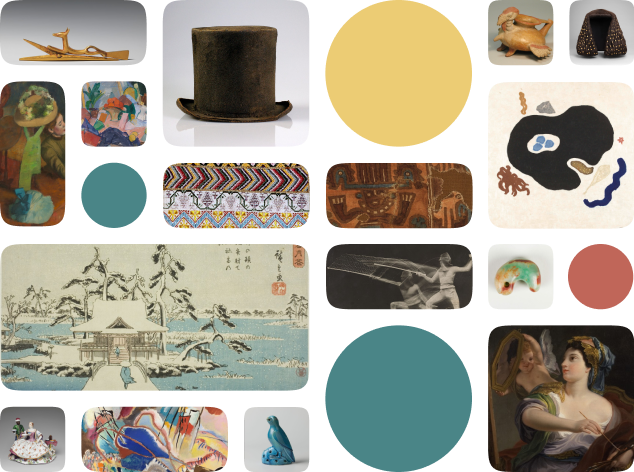Tunic with Diamond Band
Creator Name
Cultural Context
Date
Source
About the Work
In the Incan Empire, luxury textiles such as this tunic played a central role in denoting status and prestige. People also associated garments with the life and deeds of their wearers. The imperial state collected tribute from subject peoples, often in the form of textiles. The imperial state also chose women from various regions of the Empire to become “aclla,” weavers for the royal house. The diamond shaped embroidery on this tunic is one of several standardized designs common in the Empire. According to art historians of the Incan Empire, a man would likely have worn this tunic. Because women were central to the state textile production system, it’s possible that a woman weaver made it. However, the lack of detailed, publicly available provenance information – a consequence of the Spanish colonization of what is now Peru – makes it difficult to determine the garment’s makers.
Metropolitan Museum of Art Object Description
Tunic
Work details
"--" = no data available
Title
Creator
Worktype
Cultural Context
Material
Dimensions
Technique
Language
--
Date
Provenance
Style Period
--
Rights
Inscription
--
Location
Source
Subjects
Topic
--
Curationist Contributors
Related Content
All Works in Curationist’s archives can be reproduced and used freely. How to attribute this Work:
Unknown, Tunic with Diamond Band, 1460–1540. Metropolitan Museum of Art. Luxury textiles, such as this tunic, signified prestige in the Incan Empire. Public Domain.
Help us improve this content!
Let our archivists know if you have something to add.
Save this work.
Start an account to add this work to your personal curated collection.
